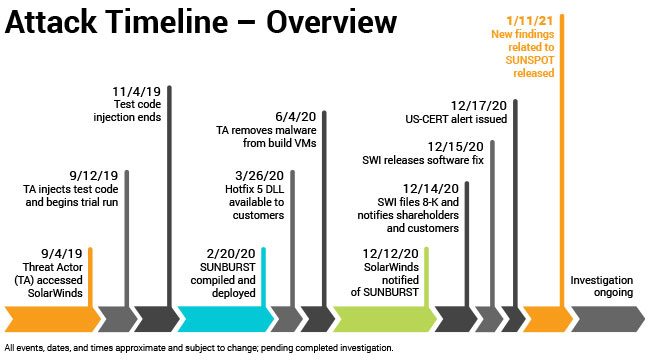Navigating cybersecurity landscape: Insights from CTOs on cybercrime trends
Cybercrime continues to mount, threatening organizations of all sizes and types. The right cybersecurity measures matter. And which cyber risks worry Chief Technology Officers the most? That would be the danger of an employee accidentally opening the door to an attack.
A recent survey of CTOs showed that 59% considered human error a significant security threat. Highlighted in a March 12 Risk & Insurance brief, the survey was conducted by STX Next with results reported in Technology Magazine.
The phenomenal increase in the sales of cyber insurance underscores the growth of cybercrimes and corporations’ concerns about their impact. Cyber insurance sales, which were $1 billion in 2013, soared to $16 billion in 2023.
Still, only half the companies surveyed had a cybersecurity insurance policy. Tower, of course, has had cybersecurity insurance for years. It’s necessary, but we hope we never have to use it. Our focus is on detecting and preventing attacks in the first place.
Cybercrime spotlight: Cybercriminals zeroing in on users
Cybercriminals are becoming more sophisticated. Forget the lone hacker in his basement; now there are large “professionalized” cybercrime operations. They know most companies that hold sensitive personal health or financial data have reinforced their networks and systems, and now criminals have their sights on soft targets, the people.
One wrong click can launch a devastating breach. Without the right kind of education and ongoing awareness of new viruses and scams, employees can easily fall prey to phishing, vishing, smishing, and social engineering issues.
Fortifying remote workforce: Tower’s cybersecurity education to combat cybercrime
Cybersecurity education is essential for a remote workforce, where an employee can’t quickly turn to a teammate for a second opinion on an email. Tower’s employees receive extensive cybersecurity training and understand how to do their part to prevent breaches.
Tower equips our remote workforce with virtual desktop infrastructure (VDI), including VPNs, anti-virus software, and software that analyzes and downloads electronic email attachments before they can be accessed by any of our devices. We also conduct monthly training sessions that cover topics such as how to detect phishing attacks and procedures for reporting suspicious email and malware, and how to handle email attachments that may contain them.
Enhancing cybersecurity protocols: Tower’s robust defense system against cybercrime
We don’t stop there, though. We conduct annual penetration testing, also called pentesting, where a third-party security expert tries to find and exploit vulnerabilities. Ntierty, our cloud provider, keeps us up to date on the latest viruses and scans our network every week. Tower’s IT department also conducts its own weekly scans using different software as an extra precaution.
And the Tower management team engages in annual cybersecurity tabletop exercises to simulate real-world attacks on Tower’s systems. These simulations probe for known vulnerabilities, which allows us to develop new strategies and procedures to secure our systems.
We also review our controls, processes and procedures to assess their effectiveness every year in a formal SOC 2, Type 2 audit. All this is done to continually identify potential vulnerabilities so we can proactively fortify our defenses.
Tower invests significant amounts of time and money to ensure business continuity and the protection and privacy of data. This may sound like overkill, but we understand the risks, and we’re not willing to take chances on our security and the protection of our clients’ data.
To learn more about Tower’s security suite, please contact Chief Technology Officer Jesse Shade at jesse.shade@towermsa.com.
Links
Human Error is Biggest Cybersecurity Threat, CTOs Say | Technology Magazine
5 things business leaders must know to combat the cybercrime menace – Liberty Mutual Business Insurance
https://towermsa.com/your-settlement-partner/security-confidentiality/








